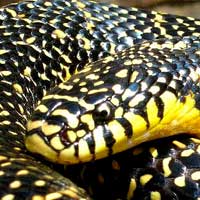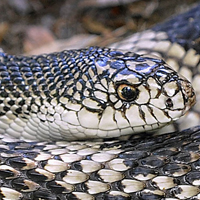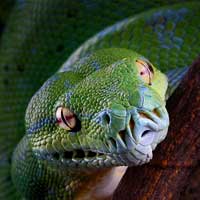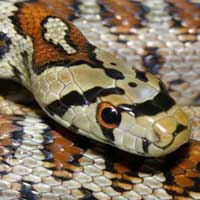Pacific Gopher Snake: A Complete Guide to This Remarkable Reptile
The scientific name of the Pacific Gopher Snake is Pituophis catenifer catenifer. It belongs to the Colubridae family, which is the largest snake family and includes many non-venomous and mildly venomous snake species.
Scientific Name: Pituophis catenifer catenifer
Snake Family: Colubridae
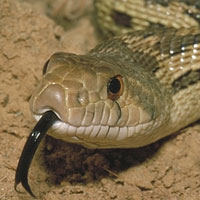
Introduction to the Pacific Gopher Snake
The Pacific Gopher Snake (Pituophis catenifer catenifer) is a fascinating non-venomous reptile native to the western United States. Known for its impressive size and striking coloration, this snake is a vital part of its ecosystem, helping control rodent populations. Its docile nature and adaptability make it a favorite among reptile enthusiasts and an interesting subject for wildlife observation.
The Natural Habitat of the Pacific Gopher Snake
The Pacific Gopher Snake is highly adaptable and thrives in various environments, ranging from coastal areas to deserts. Its ability to tolerate diverse conditions allows it to inhabit regions throughout the western United States and parts of Baja California.
Preferred Habitat Features:
- Grasslands and open fields
- Scrublands and deserts
- Forests and woodlands
- Coastal dunes and rocky outcrops
| Region | Habitat Type | Key Features |
|---|---|---|
| California | Coastal and grasslands | Open fields, rodent presence |
| Oregon | Forests and meadows | Moist areas with cover |
| Arizona | Deserts | Dry, sandy terrain |
What Does the Pacific Gopher Snake Eat?
The Pacific Gopher Snake is a carnivorous predator with a diet that primarily includes small mammals. It plays an essential role in controlling pest populations in its habitat.
Typical Diet:
- Rodents such as gophers, mice, and rats
- Birds and their eggs
- Small reptiles, including lizards
- Occasionally insects
In captivity, feeding the Pacific Gopher Snake is relatively straightforward. Pre-killed rodents are the most common food source. Young snakes should be fed weekly, while adults can be fed every 10-14 days depending on their size and activity level.
Behavior and Temperament of the Pacific Gopher Snake
The Pacific Gopher Snake is known for its unique behavioral traits, which include defensive displays that mimic rattlesnakes. Despite its intimidating appearance, it is non-venomous and generally docile when handled properly.
Key Behavioral Traits:
- Diurnal, with peak activity during the day
- Defensive behavior includes hissing and tail vibration
- Excellent burrowers and climbers
- Highly curious and active
When threatened, the Pacific Gopher Snake may flatten its body and mimic a rattlesnake's rattle by vibrating its tail in dry leaves or debris. This behavior is purely defensive and harmless.
Health and Lifespan of the Pacific Gopher Snake
With proper care, the Pacific Gopher Snake can live 15-20 years in captivity, making it a long-term commitment for snake enthusiasts. Maintaining optimal health involves providing a clean enclosure, proper diet, and regular monitoring.
Common Health Concerns:
- Respiratory infections from improper humidity levels
- Parasites, especially in wild-caught specimens
- Shedding problems due to low humidity
To ensure a healthy snake, maintain an enclosure temperature gradient of 75-85°F with a basking spot around 90°F. Humidity levels should remain moderate, and the enclosure should include hiding spots and climbing structures.
Reproductive Habits of the Pacific Gopher Snake
Pacific Gopher Snakes are oviparous, meaning they lay eggs. Breeding typically occurs in the spring, followed by egg-laying in the early summer months.
Reproductive Details:
- Mating season: Spring
- Clutch size: 4-20 eggs
- Incubation period: 60-70 days
- Hatchlings are 10-15 inches long
In captivity, breeders can simulate natural temperature and light cycles to encourage reproduction. Eggs should be incubated at 82-84°F for optimal hatching success.
Handling and Caring for a Pacific Gopher Snake
Caring for a Pacific Gopher Snake involves meeting its specific needs and providing a safe, enriching environment. While these snakes are hardy, proper care is essential to their wellbeing.
Handling and Care Tips:
- Handle gently and support the snake's body
- Provide an enclosure with at least 3x the snake's length in space
- Maintain proper temperatures and humidity
- Offer fresh water daily and clean the enclosure regularly
With consistent care and handling, the Pacific Gopher Snake can become a rewarding companion for reptile enthusiasts.



